Researchers have analyzed how people first made Australia their home and then continuously inhabit the same regions for up to 50,000 years – soon after the peopling of Australia.
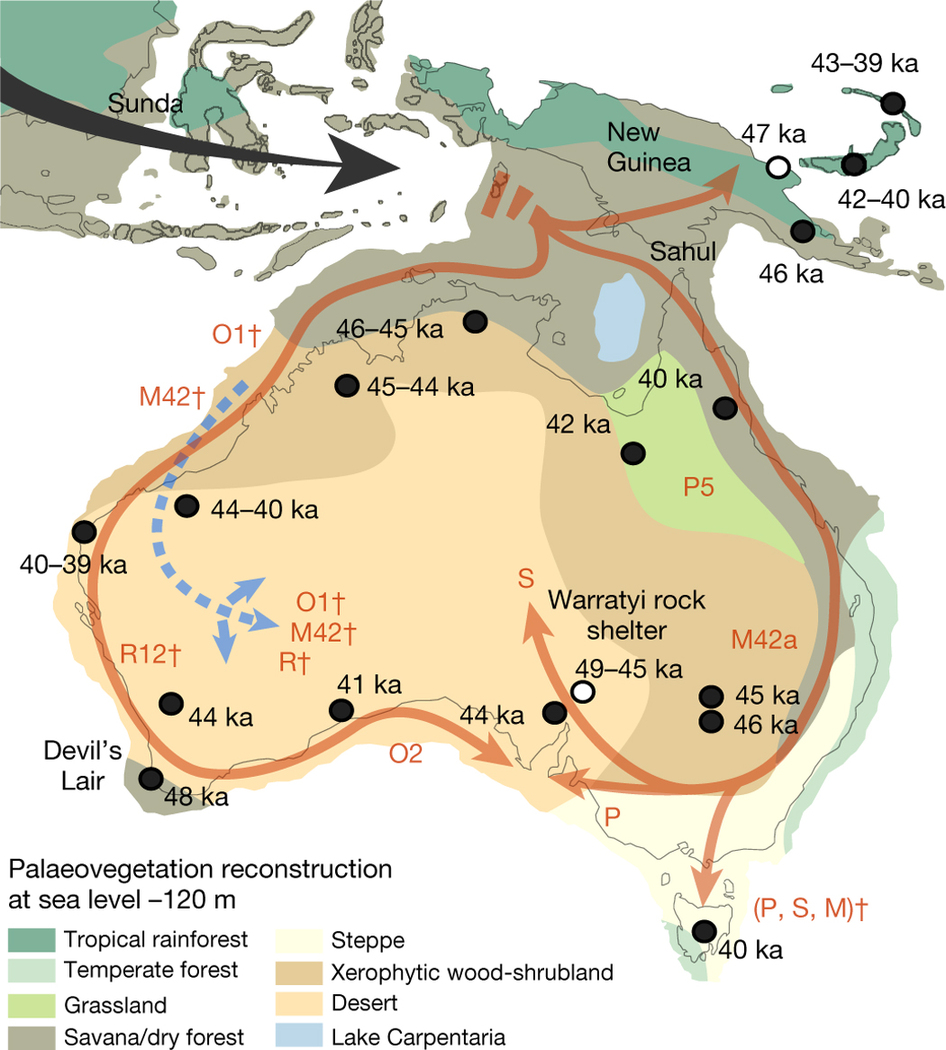
Researchers at the University of Adelaide aimed to investigate how humans colonized the Australian continent.
They gathered 111 hair samples from Aboriginal people across the continent and analyzed the Mitochondrial DNA, which allows tracing of maternal ancestry.
The results show that modern Aboriginal Australians are the descendants of a single migrating population that arrived in Australia 50,000 years ago, while the continent was still connected to New Guinea.
The Mitochondrial DNA also reveal significant differences between different groups of the continent’s indigenous peoples.
“After reaching Australia about 50,000 years ago, humans colonized the entire continent within a few thousand years. But after settling down in difference parts of the continent, there was little interaction between the group.”
“Remarkably, we find evidence for the continuous presence of populations in discrete geographic areas dating back to around 50 ka, in agreement with the notable Aboriginal Australian cultural attachment to their country.”
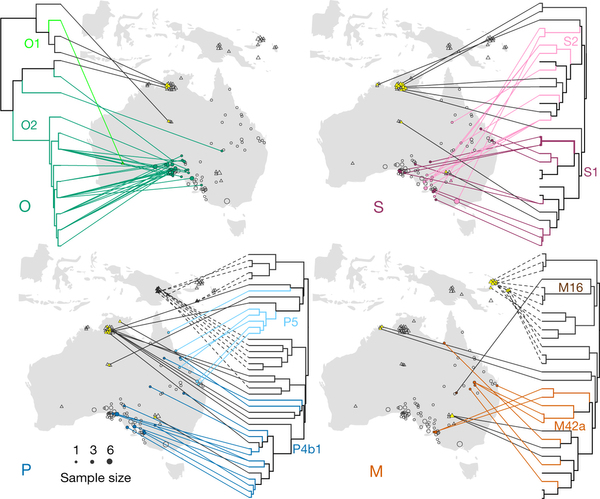
After continent-wide colonization, strong regional patterns developed and these have survived despite substantial climatic and cultural change during the late Pleistocene and Holocene epochs.
This pattern persisted for thousands of years until the Europeans arrived. This result is a great difference both linguistically and genetically between the different groups.
The study has been published in Nature.
Reference:
Ray Tobler, Adam Rohrlach, Julien Soubrier, Pere Bover et al. Aboriginal mitogenomes reveal 50,000 years of regionalism in Australia doi: 10.1038 / nature21416



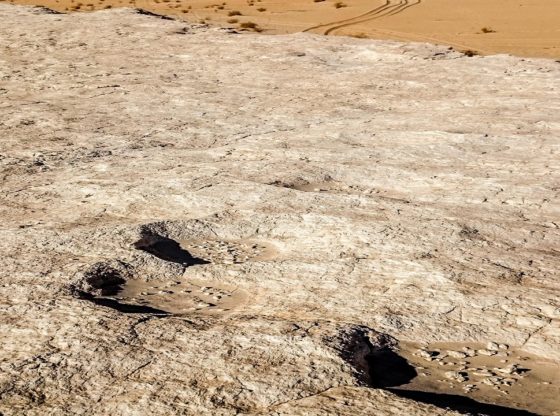
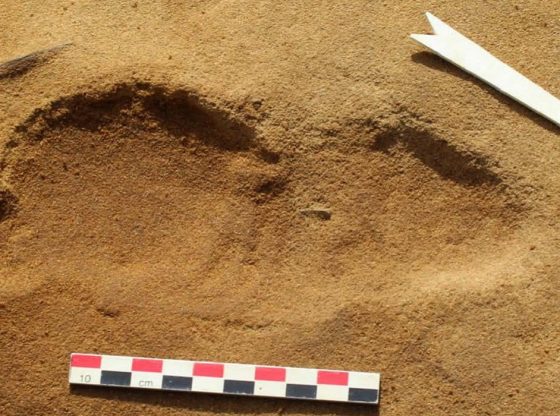
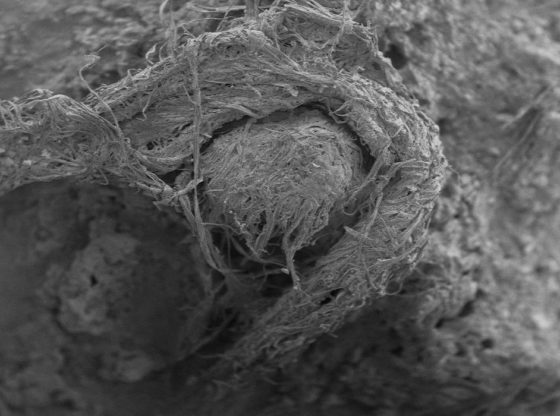
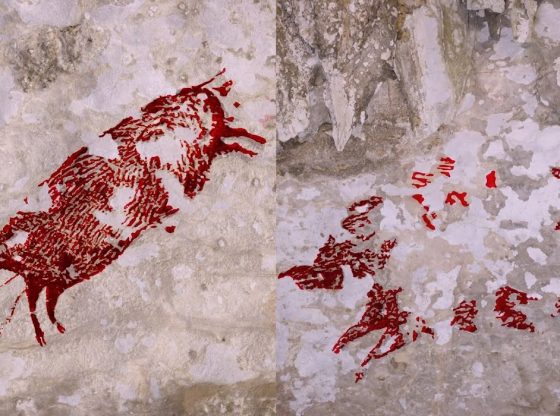
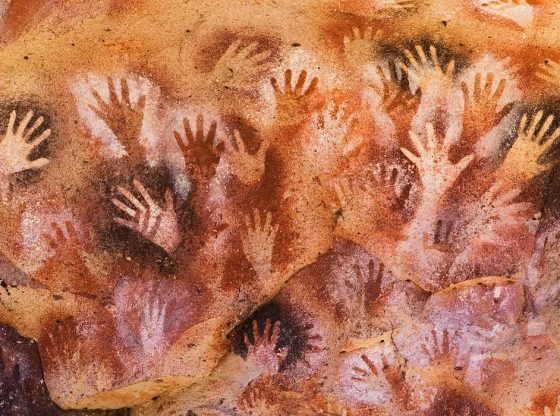
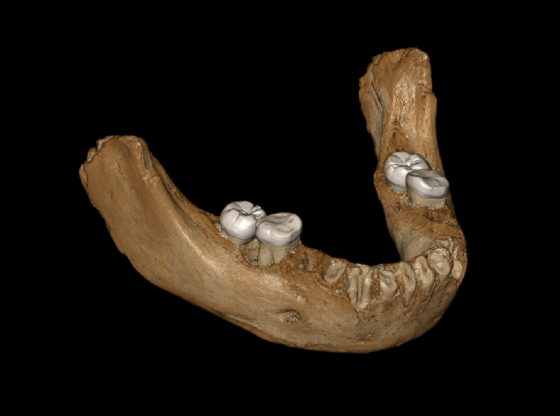
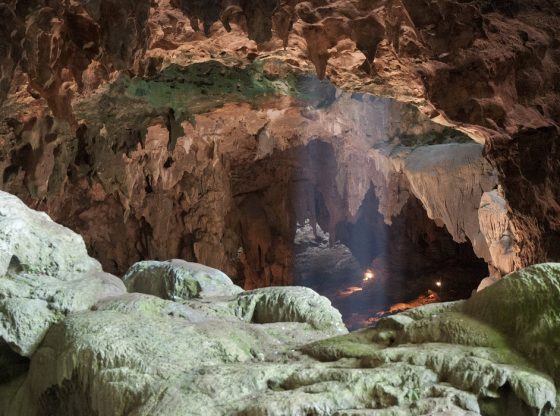
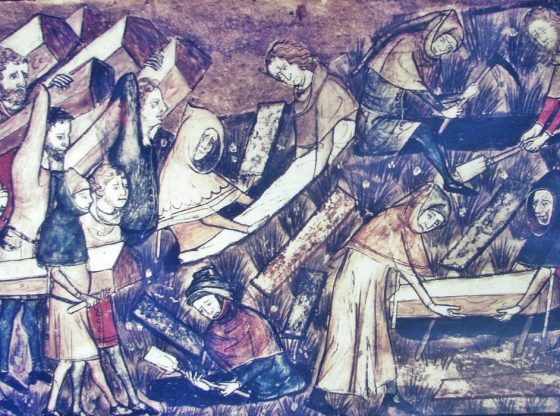
![OpenAI. (2025). ChatGPT [Large language model]. https://chatgpt.com](https://www.illustratedcuriosity.com/files/media/55136/b1b0b614-5b72-486c-901d-ff244549d67a-350x260.webp)
![OpenAI. (2025). ChatGPT [Large language model]. https://chatgpt.com](https://www.illustratedcuriosity.com/files/media/55124/79bc18fa-f616-4951-856f-cc724ad5d497-350x260.webp)
![OpenAI. (2025). ChatGPT [Large language model]. https://chatgpt.com](https://www.illustratedcuriosity.com/files/media/55099/2638a982-b4de-4913-8a1c-1479df352bf3-350x260.webp)








